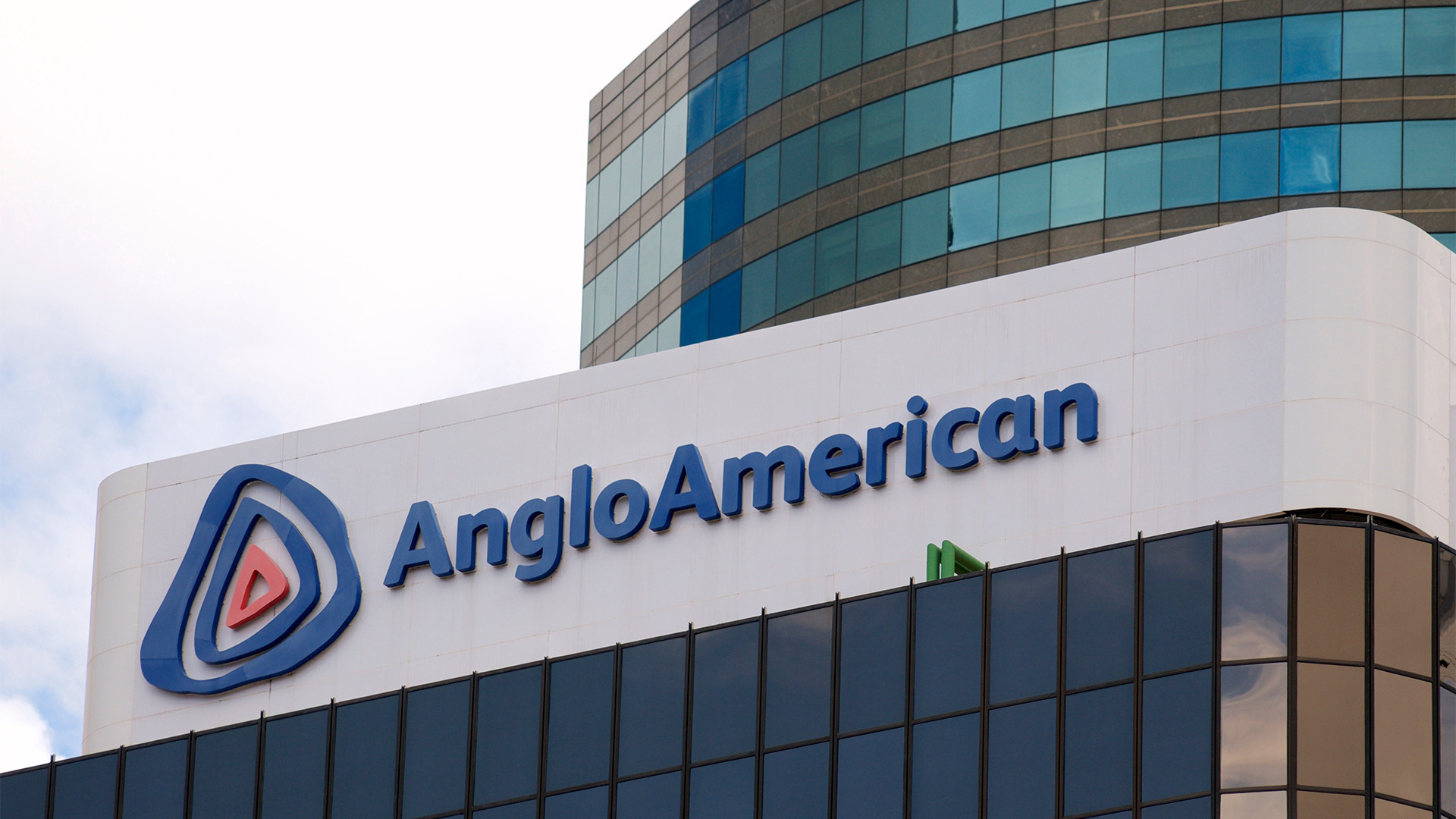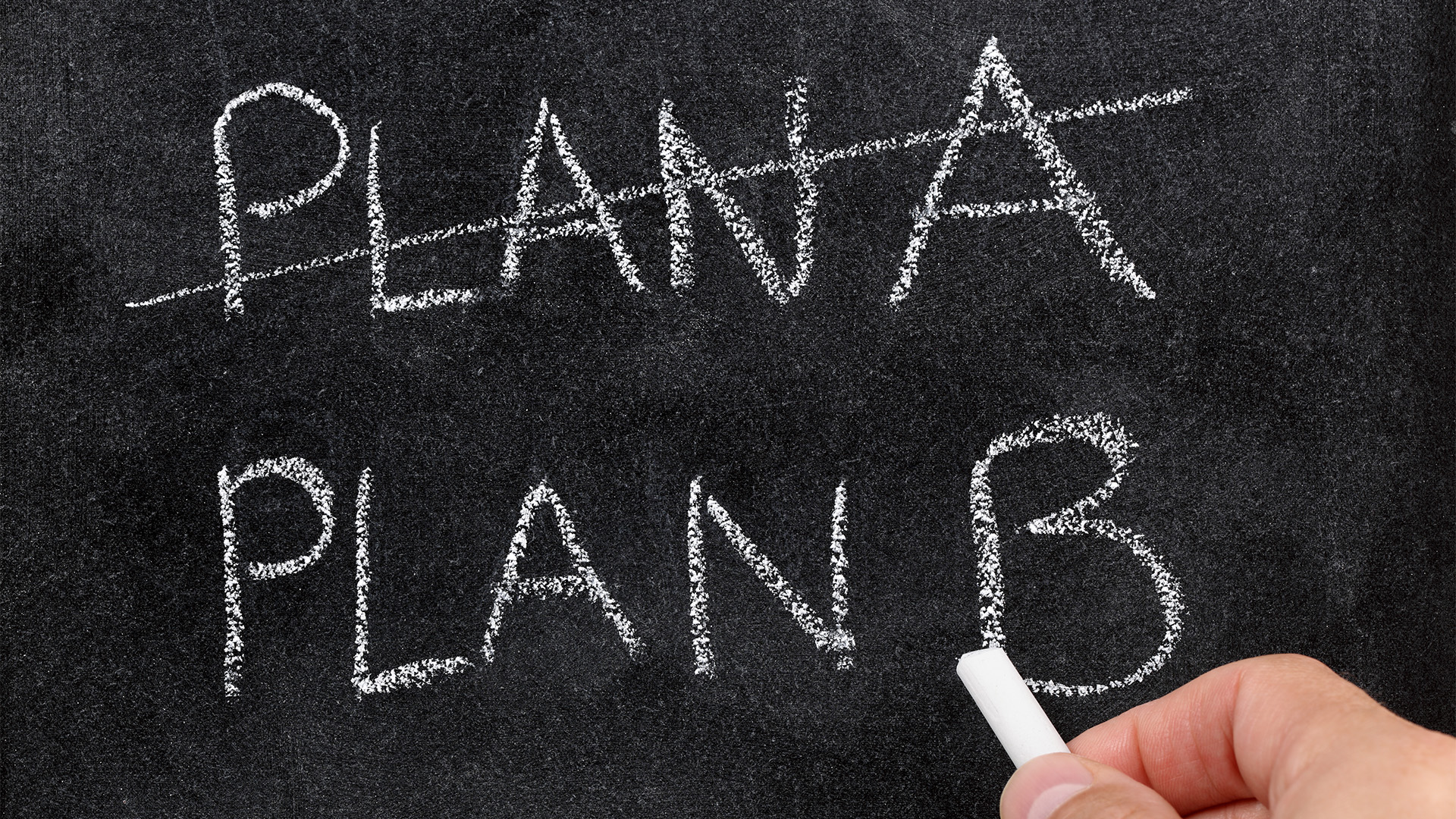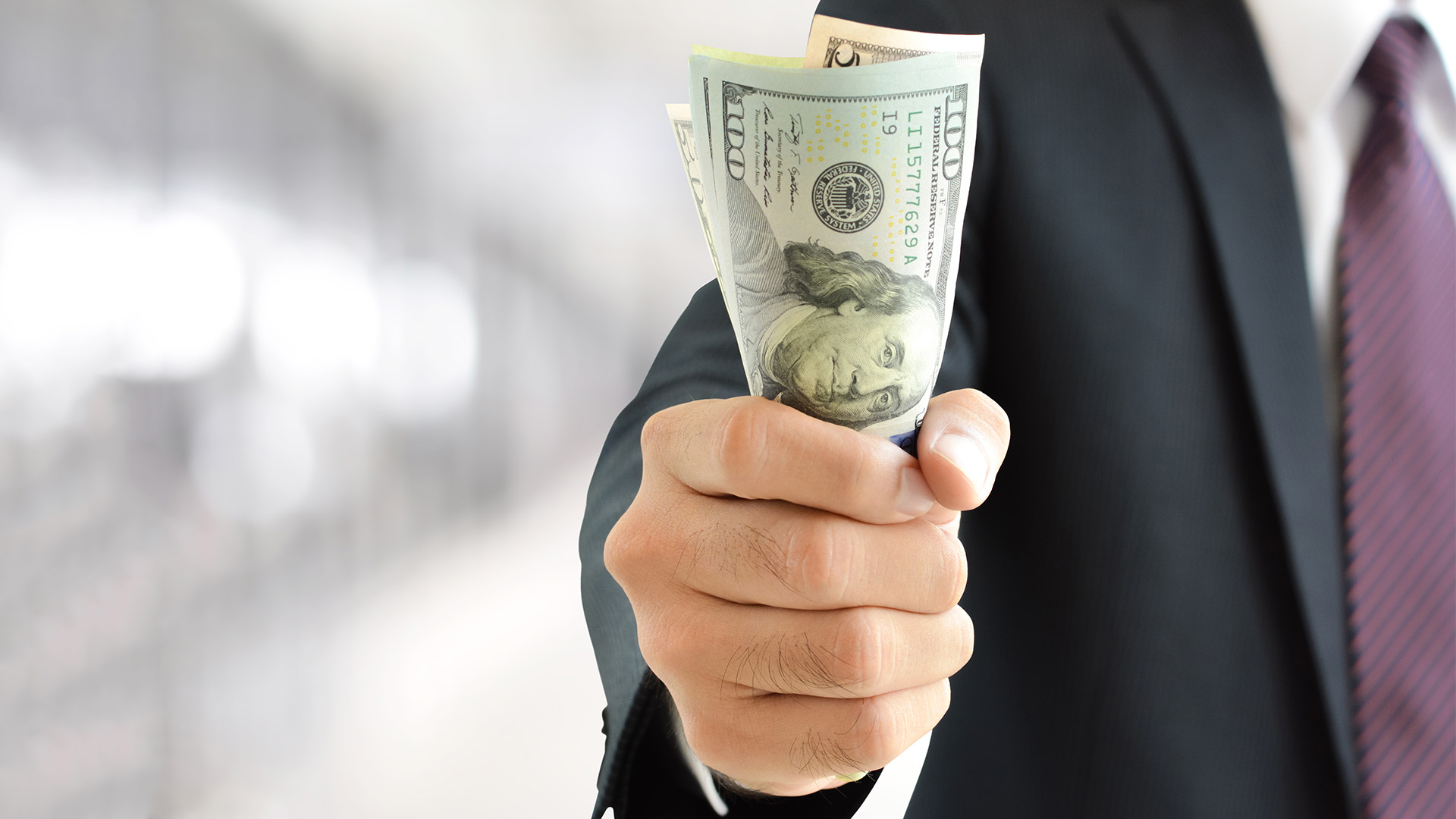The contrast was telling: there was India’s central bank sending a strong signal that it will not tolerate high inflation by announcing a larger than expected increase in its key lending rate and threatening more measures to come.
And there was US ratings agency; Standard & Poor’s lifting China’s credit rating one notch to A-plus from A, despite all the poor publicity about the Olympics.
They are not directly related, but they do point to the de-coupling going on in the so-called cornerstones of the emerging economies.
China, for all its problems is still travelling fairly well with growth and exports slowing, but inflation falling; India is gripped by surging inflation and falling growth.
Surging oil prices and subsidies are undermining the Government’s economic record and boosting inflation, in China firm price controls remain in place, but a black market continues and when the games finish, the question is whether the controls will be relaxed.
And if that happens, will inflation return to the upswing, from the present 7.1% annual level?
But Standard & Poor’s said it upgraded China’s debt ratings because of the improved fiscal and external positions in the world’s fastest-growing major economy.
The long-term sovereign credit rating was raised to A+, the fifth highest on its scale, from A, and the outlook is stable. The short-term rating was increased to A- 1+, the highest notch, from A-1.
That means China has the same short term rating as the heavily indebted US economy.
"The ratings upgrade is motivated by China’s improving fiscal and external position,” Standard & Poor’s said in a statement.
China’s economy grew 10.1% in the second quarter from a year earlier, but that was the fourth straight quarter of slowing growth as exports slowed.Growth ran at 11.9% last year
But in India a very different story, for all the positive news about growth and business opportunities.
The Reserve Bank of India’s increase in the benchmark “repo” rate by 0.50% to a seven-year high of 9% represents the third time in two months that the bank has raised interest rates to try and bring inflation under control.

Inflation is at a 13-year high of nearly 12%, much higher than China, or its other emerging economy rival, Brazil.
The RBI also increased the cash reserve ratio by 0.25% to 9%.
That’s the amount of funds banks must keep on deposit at the central bank and is the same mechanism China’s central bank is using to try and slow activity. China’s rate is around 17.5%.
The Reserve Bank of India cut its forecast for economic growth this financial year by 0.50% to 8%.
Rising oil and food prices have given India a big headache with inflation that is nearly triple its levels at the beginning of the year and more than double the RBI’s target of under 5.5%.
A national election has to be held before May next year and the government has been under pressure from bans on exports of essential food items and raw materials and cancelled futures trading of important commodities to try to rein in prices.
These moves have been done to try and hit inflation, but they seem to have backfired, as inflation has risen regardless of these attempted control measures.
RBI governor Yaga Venugopal Reddy said in the statement that it was critical to demonstrate “a determination to act decisively” against inflation.
But he said he was confident India could still sustain a relatively high rate of growth of 8%, which doesn’t seem to be possible, given what’s happening in the wider economy.
The Governor has lowered his forecast by one percentage point to 7.2% for the year ending March 2010 and the central bank conceded that it had lost ground in its battle against inflation, saying while it would prefer to see it at 5%, while a more realistic target for the end of the March 2009 financial year would be 7%.
The RBI has been raising borrowing rates since 2004 to try and control cost pressures.
India’s inflation rate is 11.91% as higher prices of gasoline and diesel fed into the economy.

The central government will pay around $US43 billion in oil subsidies, even though it has allowed prices to rise by a small amount.
Standard & Poor’s said this month that India’s BBB- credit rating, the lowest investment grade, may be cut to junk if the faster inflation and higher government spending ahead of the election increases the budget deficit.
The Indian government has waived $US17 billion of farm debt and kept those oil subsidies.
There’s a long way from India’s rating and China’s which now reflects that it is approaching advanced country status.













